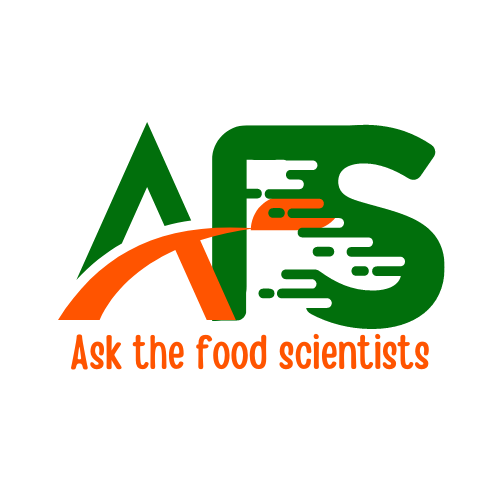There are many alternative protein sources that can be used as a replacement for traditional animal-based protein sources. Some examples include:
- Legumes: Legumes such as beans, lentils, and chickpeas are rich in protein and can be used to make a variety of dishes such as chili, soups, stews, and veggie burgers.
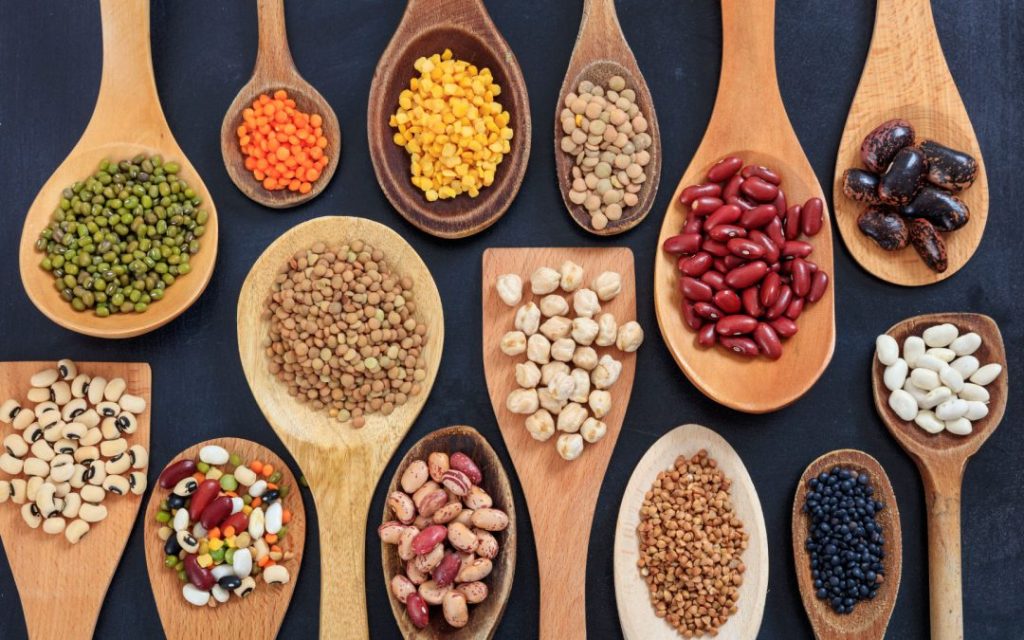
Food safety knowledge is for all!
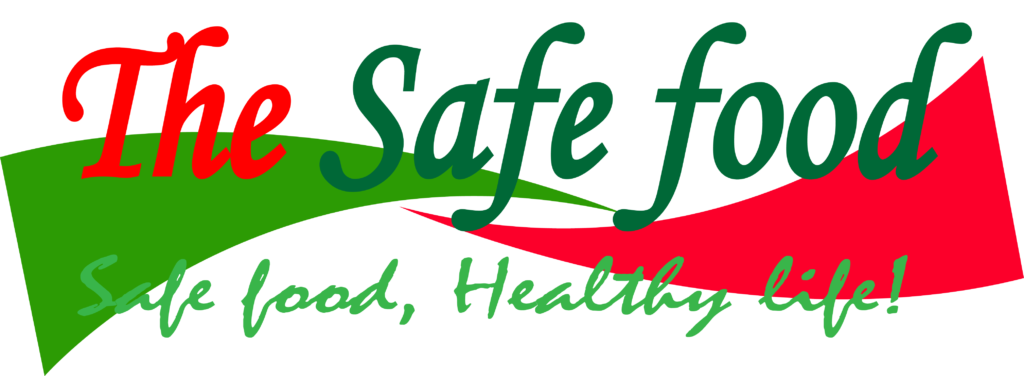
Every consumer deserves to have high quality and safe food. …Read more!

- Nuts and seeds: Nuts and seeds such as almonds, pumpkin seeds, and chia seeds are also good sources of protein. They can be eaten as a snack, added to salads, or used to make nut butter.
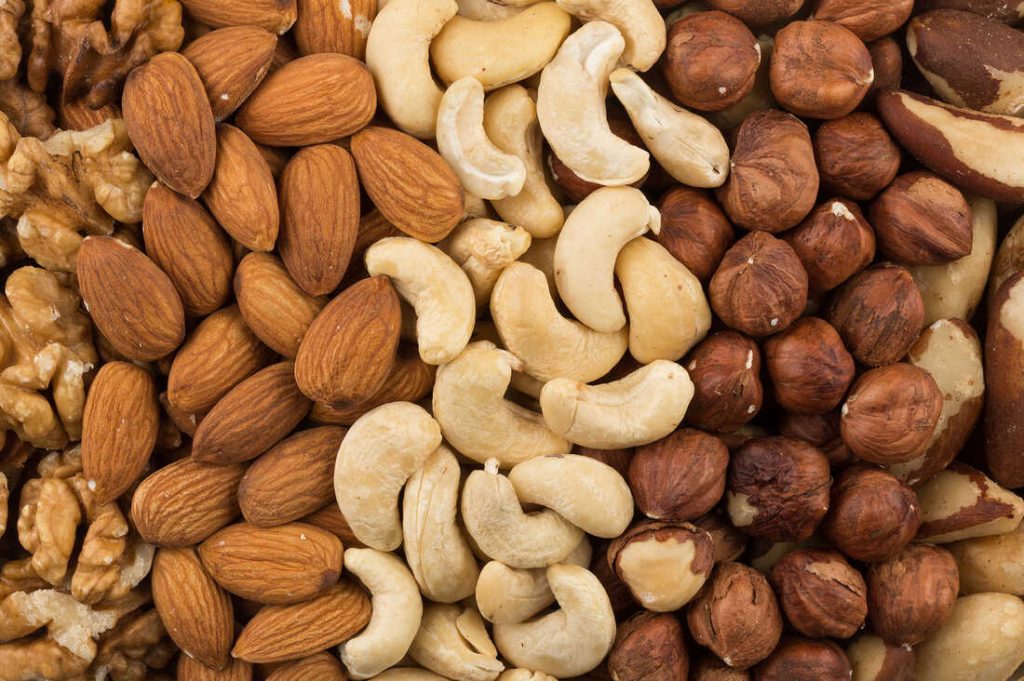
- Grains: Grains such as quinoa, amaranth, and buckwheat are also good sources of protein. They can be used to make porridge, salads, and even vegan meat alternatives.

- Soy products: Soy products such as tofu, tempeh, and textured vegetable protein (TVP) are good sources of protein. They can be used to make stir-fries, soups, and even meat alternatives.

- Pea protein: Pea protein is a plant-based protein that can be used in a variety of products, such as protein powders, meat alternatives, and snack bars.

- Algae: Algae such as spirulina and chlorella are a rich source of protein, minerals and vitamins. They can be added to smoothies, soups and even used as a supplement.

- Mycoprotein: Mycoprotein is a protein source made from the fungus Fusarium venenatum which is fermented, it’s used to make meat alternatives such as burgers, sausages and nuggets.

- Insects as human food: Insects such as crickets, mealworms, and grasshoppers are an alternative source of protein that are gaining popularity. They can be eaten whole or ground into a powder and added to food.
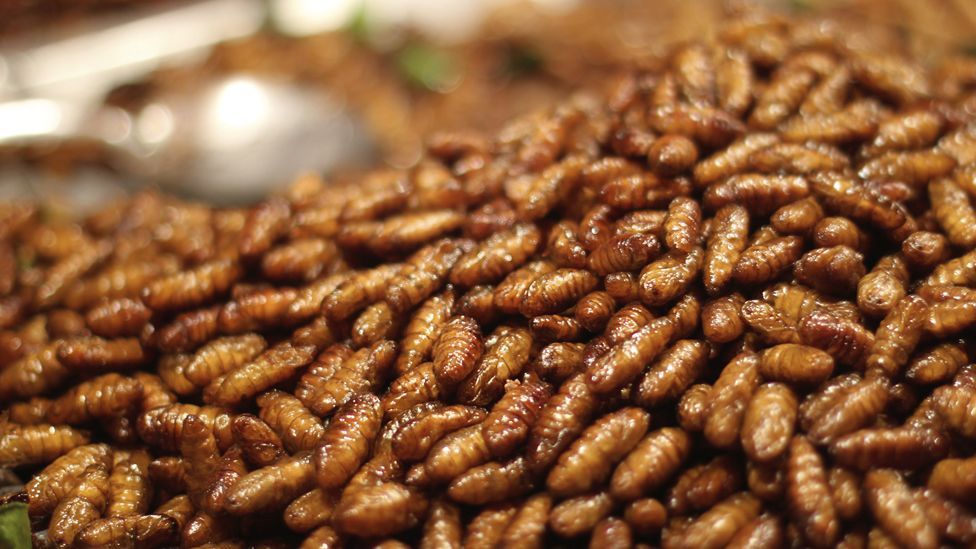
It’s worth noting that these are just a few examples of alternative protein sources, there are many other options available, and new ones are being developed all the time.
Our Blog ↗
Read the latest from our blog
Ask a Question ↗
Ask a question and get answers from our community
Give Feedback ↗
We value your feedback.
